About Evista
Evista, known by its generic name raloxifene, is a medication that falls under the class of drugs known as selective estrogen receptor modulators (SERMs). Its mechanism of action includes mimicking the effects of estrogen in certain parts of the body while blocking estrogenic activity in others. This duality allows Evista to harness the beneficial effects of estrogen on bone density without stimulating estrogen-sensitive tissues such as the breasts and uterus. Consequently, it is primarily prescribed for the prevention and treatment of osteoporosis in postmenopausal women. Additionally, Evista has been recognized for its role in reducing the risk of invasive breast cancer in specific populations.
Indications for Use
Evista is indicated for the management and prevention of osteoporosis in postmenopausal women. Its usage contributes to an increase in bone mass and a subsequent reduction in the risk of spinal fractures. Moreover, the drug has been sanctioned for use in postmenopausal women with high risk of invasive breast cancer, as it has been demonstrated to decrease the incidence of this condition in such individuals.
Dosage and Administration
For the management of osteoporosis or as a preventative measure, the typical dosage of Evista is 60 mg, administered orally once daily without regard to meals. Patients should remain consistent with the timing of their dosages to maintain optimal levels of the drug within their system. In case of a dose being forgotten, the missed dose should be taken as soon as remembered unless it is almost time for the next scheduled dose. Physicians may adjust the dosage based on individual response and tolerability, but it is important to follow the prescribed regimen closely.
Precautions and Warnings
Evista should be used with caution in patients with a history of blood clots, including those with deep vein thrombosis (DVT), pulmonary embolism (PE), or retinal vein thrombosis. As with any medication, certain individuals may experience hypersensitivity to raloxifene or any of its components. Those with known liver impairment should discuss the use of Evista with their healthcare provider, as it may affect the clearance of the drug from the body. Additionally, women who are at risk for stroke should engage in a thorough consultation with their physician regarding the risks and benefits of taking Evista.
Interactions with Other Drugs
Evista may interact with other medications, potentially altering their effects or increasing the risk for adverse events. Specific attention should be given when Evista is taken concurrently with blood thinners such as warfarin, as Evista can affect the body’s response to these medications. Other potential interactions can occur with bile acid sequestrants and other hormone therapies, including estrogens and estrogen blockers. It is critical for patients to inform their healthcare provider about all medications, supplements, and herbal products they are currently using prior to starting Evista.
Side Effects
As with any medicinal product, Evista can provoke side effects in some individuals. Commonly reported adverse effects include but are not limited to hot flashes, leg cramps, swelling of the legs and feet (peripheral edema), flu-like symptoms, joint pain, and sweating. More serious but less frequent side effects could be signs of blood clots such as sudden chest pain, difficulty breathing, or changes in vision. Prompt medical attention is warranted if any severe or concerning symptoms arise during treatment with Evista.
Pregnancy and Breastfeeding
Evista is contraindicated in women who are pregnant, may become pregnant, or are lactating. The drug can cause fetal harm when administered to a pregnant woman and it is not recommended for use by women of childbearing potential. Studies have indicated that raloxifene has the potential to be excreted in breast milk, and its effect on the nursing infant is not fully understood. Hence, the decision to use Evista during breastfeeding must be weighed against the potential risks to the child.
Overdose and Missed Dose
In the event of an overdose, or if Evista is suspectingly ingested in excessive quantities, immediate medical care should be sought. Symptoms of overdose may range from mild to severe and could include dizziness, vomiting, or lightheadedness. Regarding missed doses, patients are encouraged to take the forgotten dose as soon as they remember. However, if the next dosage is approaching, the missed dose should be skipped, and the regular dosing schedule should be resumed. Doubling up on doses to make up for a missed one is not advised.
Storage and Handling
Evista should be stored in a cool, dry place away from direct sunlight and heat sources. Ideally, the medication should be kept at room temperature and out of reach of children and pets to prevent unintentional consumption. Patients should adhere to the proper handling of the medication as advised by the pharmacist or as indicated on the product label. Any expired or unused medication should be disposed of responsibly and never flushed down the toilet or thrown into household trash without proper guidance.
Additional Information
Patients should have a comprehensive understanding of their medical condition, treatment options, and the role of Evista in their therapy. Regular check-ups with a healthcare provider are essential to monitor bone density and overall health status while on this medication. It is also important to maintain a lifestyle conducive to bone health, including a balanced diet rich in calcium and vitamin D, coupled with appropriate physical activity. Health professionals may also recommend supplemental calcium and vitamin D if dietary intake is insufficient. As healthcare and treatment guidelines evolve, it is critical for patients to stay informed and consulted with their healthcare provider.
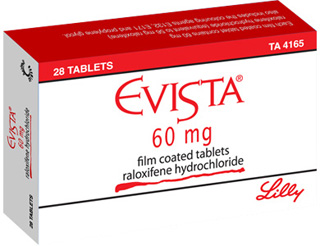
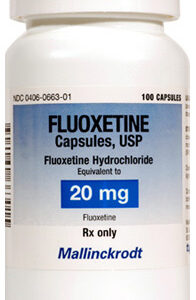

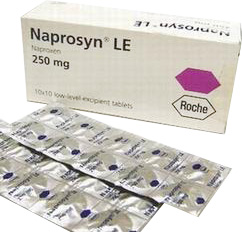
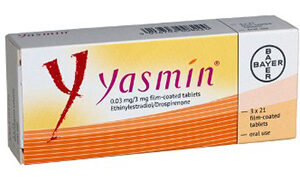
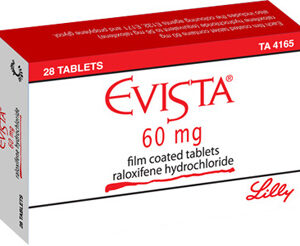
Reviews
There are no reviews yet.